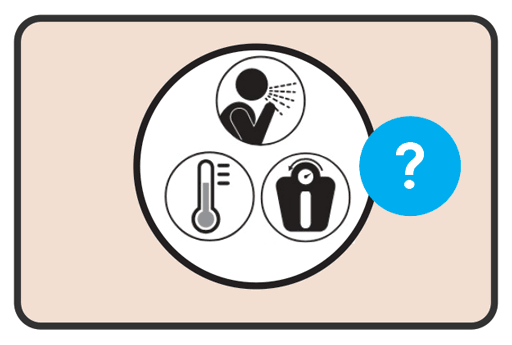6.3.3 Considerations for implementation
Children living with HIV should be followed up closely in the health-care system and should be screened for TB at every routine contact with an HIV care provider, at a health facility or in the community. Given the high risk of progression to TB disease and the high mortality rate, combined symptom screening should also be done at every contact with the health-care system, including events such as vaccination days, maternal health appointments, at nutritional screening and at food support programmes.

 Feedback
Feedback Children with HIV who are < 10 years should be screened for TB at every encounter with a health-care worker, with the following screen: cough, fever, poor weight gain or close contact with someone who has TB.
Children with HIV who are < 10 years should be screened for TB at every encounter with a health-care worker, with the following screen: cough, fever, poor weight gain or close contact with someone who has TB. The sensitivity for TB of “any abnormality” as reported on CXR in children is 84%, and the specificity is 91%. It is thus more specific than symptom screening alone.
The sensitivity for TB of “any abnormality” as reported on CXR in children is 84%, and the specificity is 91%. It is thus more specific than symptom screening alone.